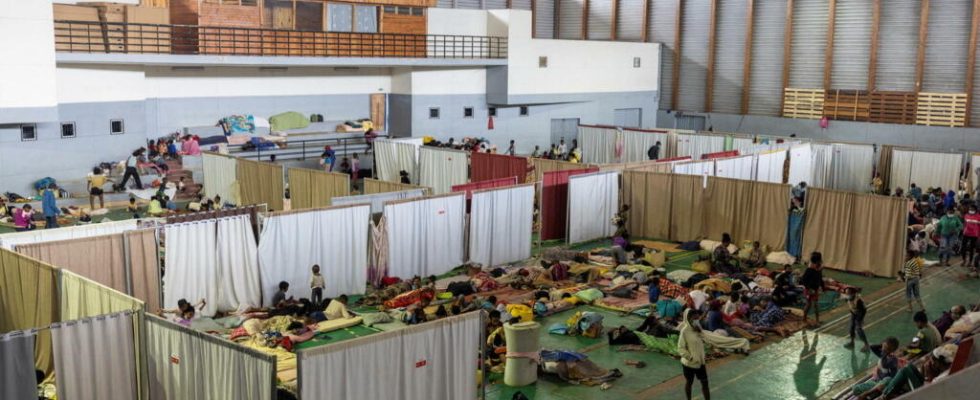The United Nations High Commissioner for Refugees released its 2022 annual report on Wednesday June 14. The result is edifying with a series of sad records.
110 million people have been forced to flee their homes, i.e. 19 million more than in 2021. 17% of internally displaced persons. The situation is particularly worrying for the victims of disasters, droughts, floods, storms. Their number has almost tripled. This is unheard of. The UNHCR points in particular to the particular vulnerability of Madagascar.
The Big Island is one of the countries most exposed to natural disasters, the report indicates. Last year, six tropical storms hit it, between January and April. Winds, rains and floods violently affected an increasingly sprawling and anarchic urban environment. For example, 15,600 houses were destroyed.
Added to this has been a continuous drought since 2019, the worst in 40 years. Farmers, who need three years to recover from an abnormal heat wave, have been overwhelmed this time. Soil absorption capacities have been greatly reduced. All of this has worsened food insecurity and led to 291,000 new displaced persons. A record in Madagascar.
Corn and cassava crops were damaged, weakening production. 60,000 hectares of rice crops were also flooded. Without food, part of the population had to rely on humanitarian aid, the volume of which was increased, preventing the country from declaring a famine…
Even without global warming, the country, by its position, is bound to experience climatic variations. The UNHCR therefore calls for improved strategies to reduce the impact, investments in heat-resistant crops, funds for regions hosting climate-displaced people…
The organization recognizes the implementation of tools by the government, such as a database of losses due to environmental disasters or a risk assessment. But she asks that population displacements be finally integrated into the assessments.
